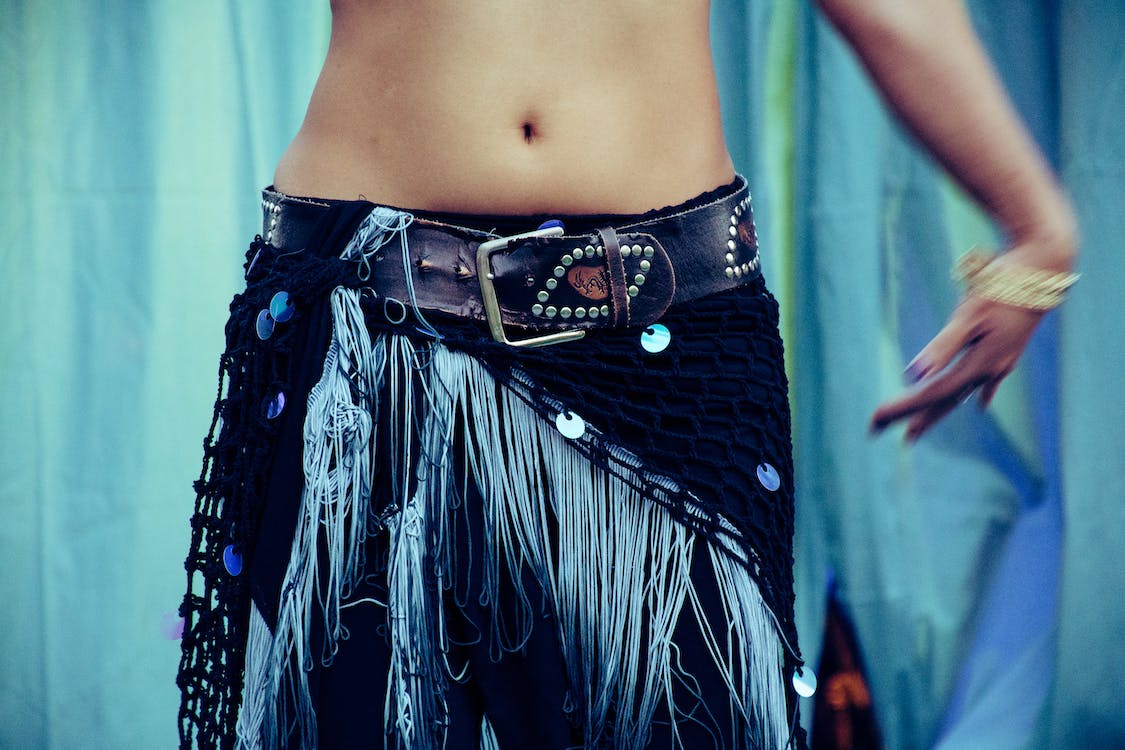The enigmatic dance – taqsim in belly dancing
Step into the mesmerizing world of belly dance, a realm where tradition meets artistry, and every movement tells a story. In the heart of this ancient dance lies Taqsim, the soulful and improvisational aspect of Arabic music. This article will guide you through the mystical journey of Taqsim, its significance in belly dance sword performances, and the enchanting instruments that bring it to life.
What is taqsim?
Taqsim is more than just music; it’s an art form. It’s a musical improvisation that flows like a river, unrestrained and expressive. Originating from the Middle East, Taqsim is a fundamental element in Arabic and Turkish music, celebrated for its ability to evoke deep emotions and connect the dancer with the music’s soul.
Read more: Khaleeji – history, music, literature
Benefits of practising taqsim for dance development
Embracing Taqsim in belly dance is not just about learning steps; it’s about developing a deeper connection with the music. It enhances musicality, emotional expression, and improvisational skills, making it a vital tool for any aspiring belly dancer, especially when wielding the majestic belly dance sword.
The role of music in belly dance sword performances
In belly dance sword performances, Taqsim plays a pivotal role. The music’s fluidity and spontaneity add a layer of suspense and drama, making the dance with the sword more captivating and intense.
Exploring arabic music: an insight into maqam
Maqam, the modal structure of Arabic music, is the backbone of Taqsim. Understanding Maqam is essential for dancers, as it provides the framework within which Taqsim’s improvisation blooms, allowing dancers to anticipate and flow with the music’s intricate melodies.
Traditional oriental instruments used in taqsim
Oud: the soulful sound of the middle east
The Oud, with its deep, resonant sound, is often the lead instrument in Taqsim. Its strings sing a tale of ancient times, creating a connection between the dancer and the rich history of belly dance.
Kanun: the melodic harp-like instrument
The Kanun, resembling a harp, adds a layer of melodious charm to Taqsim. Its delicate strings resonate with a unique clarity, providing a harmonic foundation for the dance.
Ney: the mystical flute of the orient
The Ney, an ancient flute, brings a mystical quality to Taqsim. Its haunting sound adds an ethereal dimension to the dance, inviting the audience into a trance-like state.
Darbuka: the rhythmic heartbeat of belly dance
The Darbuka, a goblet drum, is the rhythmic heartbeat of belly dance. Its beats are essential for dancers, guiding their movements and enhancing the sword’s dynamic display.
Riqq: the versatile tambourine
The Riqq, akin to a tambourine, adds a playful yet complex rhythm to Taqsim. Its jingles and beats interweave with the dancer’s steps, making the performance vibrant and lively.
How do I dance to taqsim?
Dancing to Taqsim is about letting go and allowing the music to lead. It’s a dance of intuition, feeling, and response. The key is to listen, interpret, and express the music’s emotions through your movements, especially when balancing the sword, creating a dance that’s both powerful and poetic.
Conclusion
In conclusion, Taqsim in belly dance, particularly with the sword, is a journey of musical and emotional discovery. It’s an invitation to explore the depths of Arabic music and express its soul through dance. Embrace the rhythm, master the improvisation, and let your sword dance become a story told through the whispers of the Oud, the melodies of the Kanun, and the rhythms of the Darbuka.
